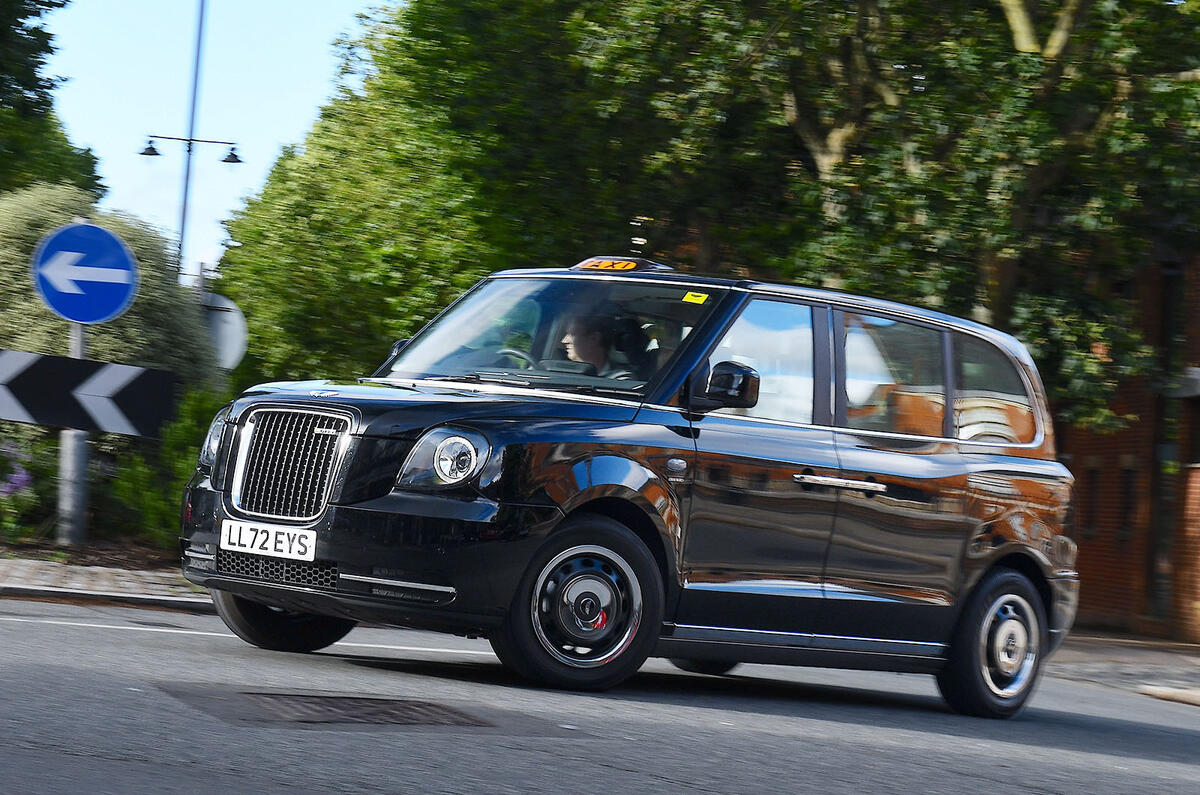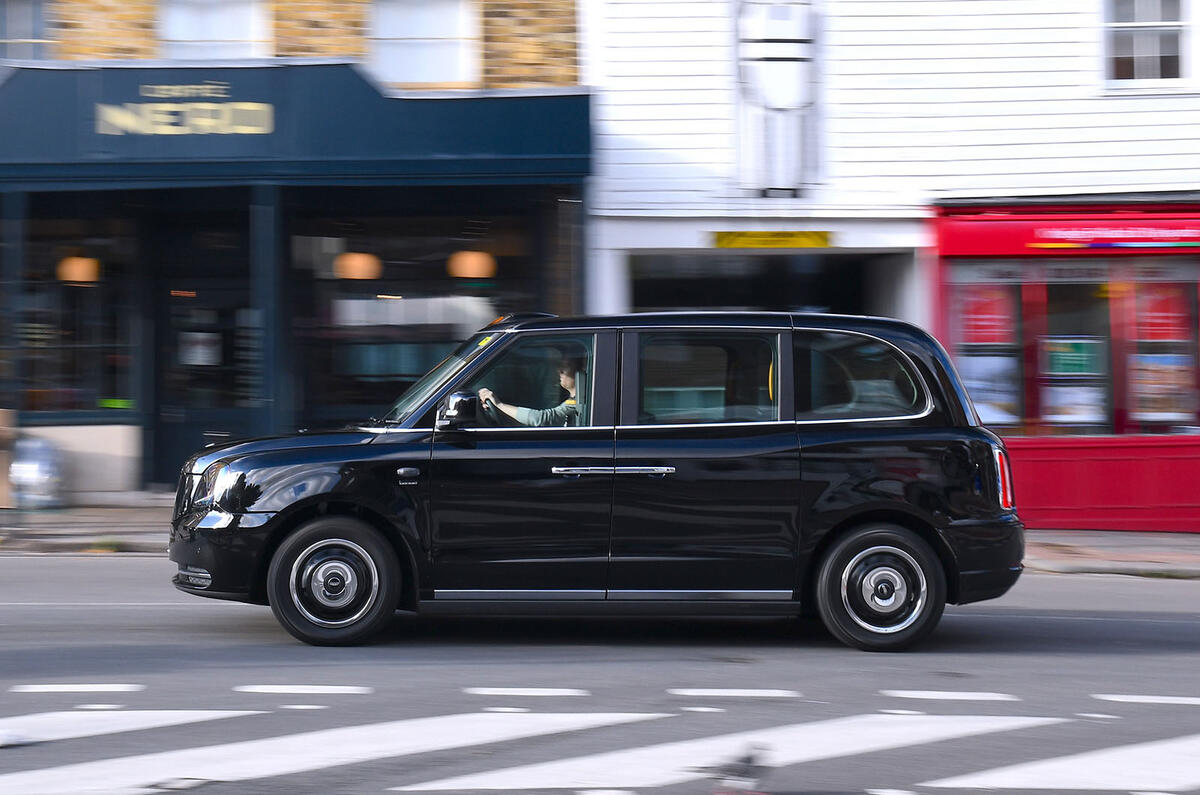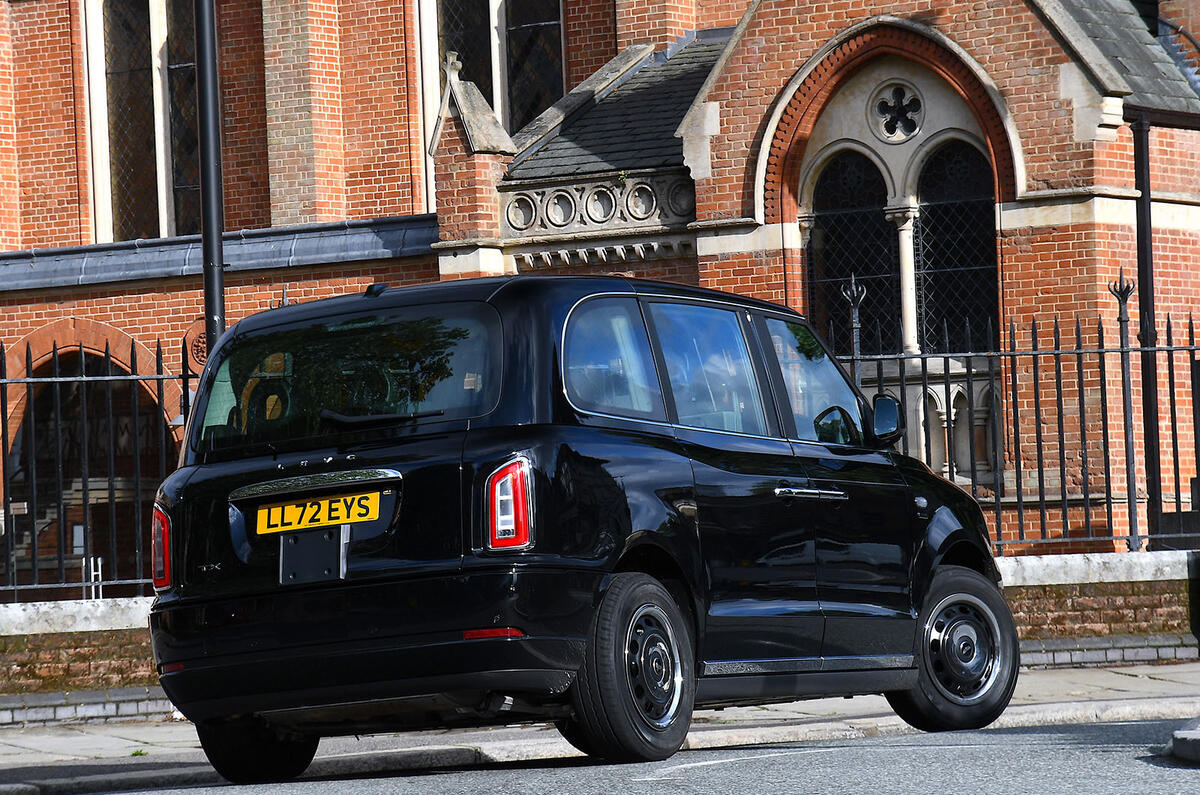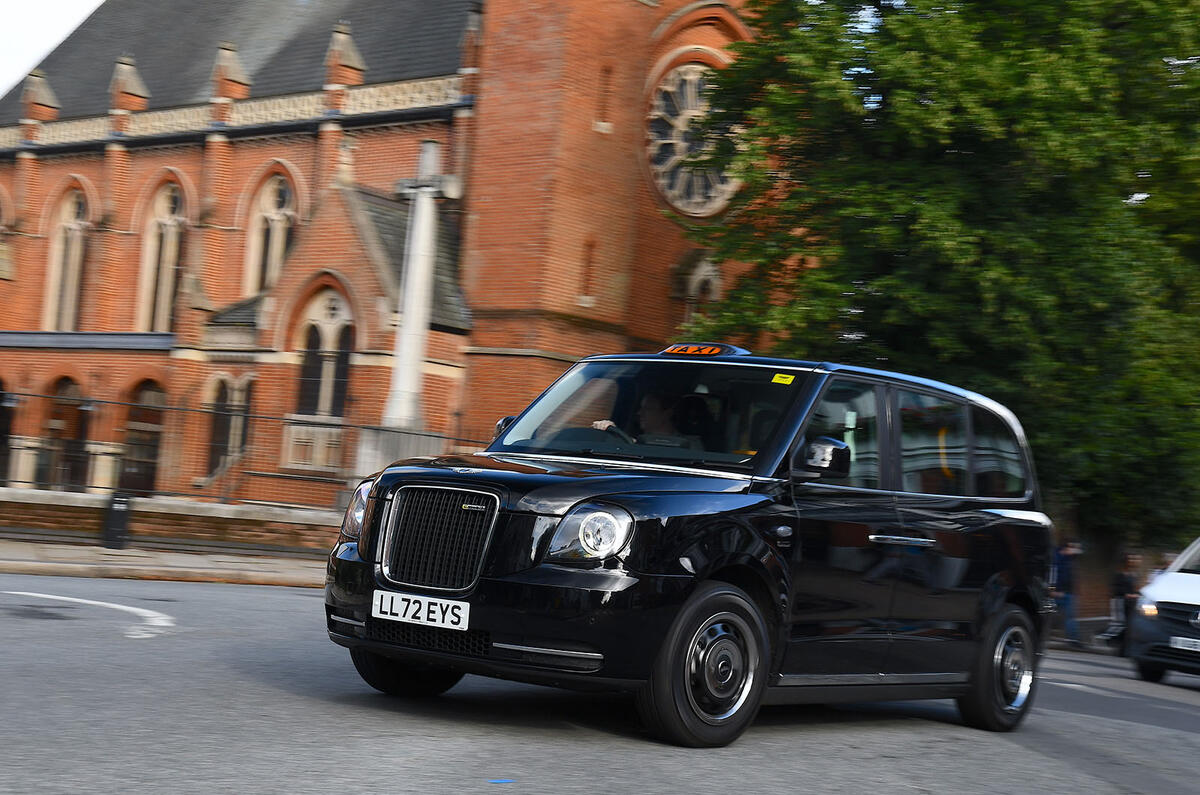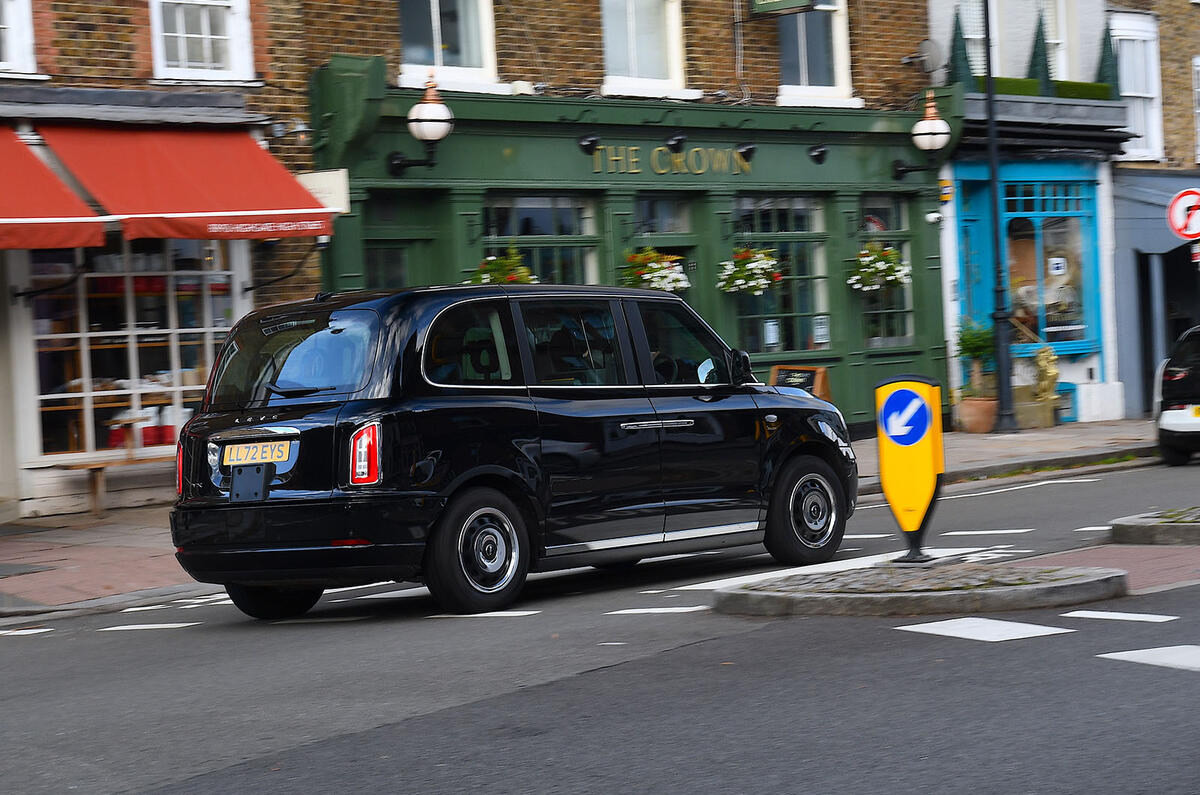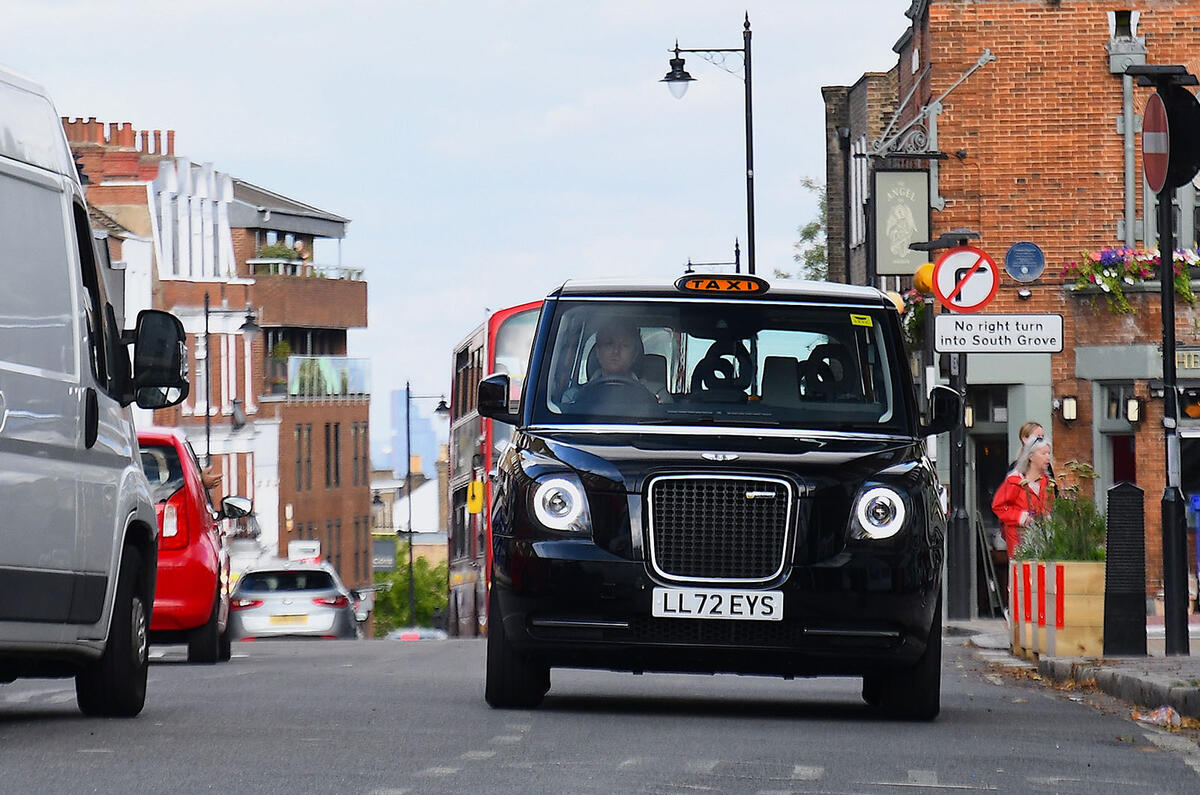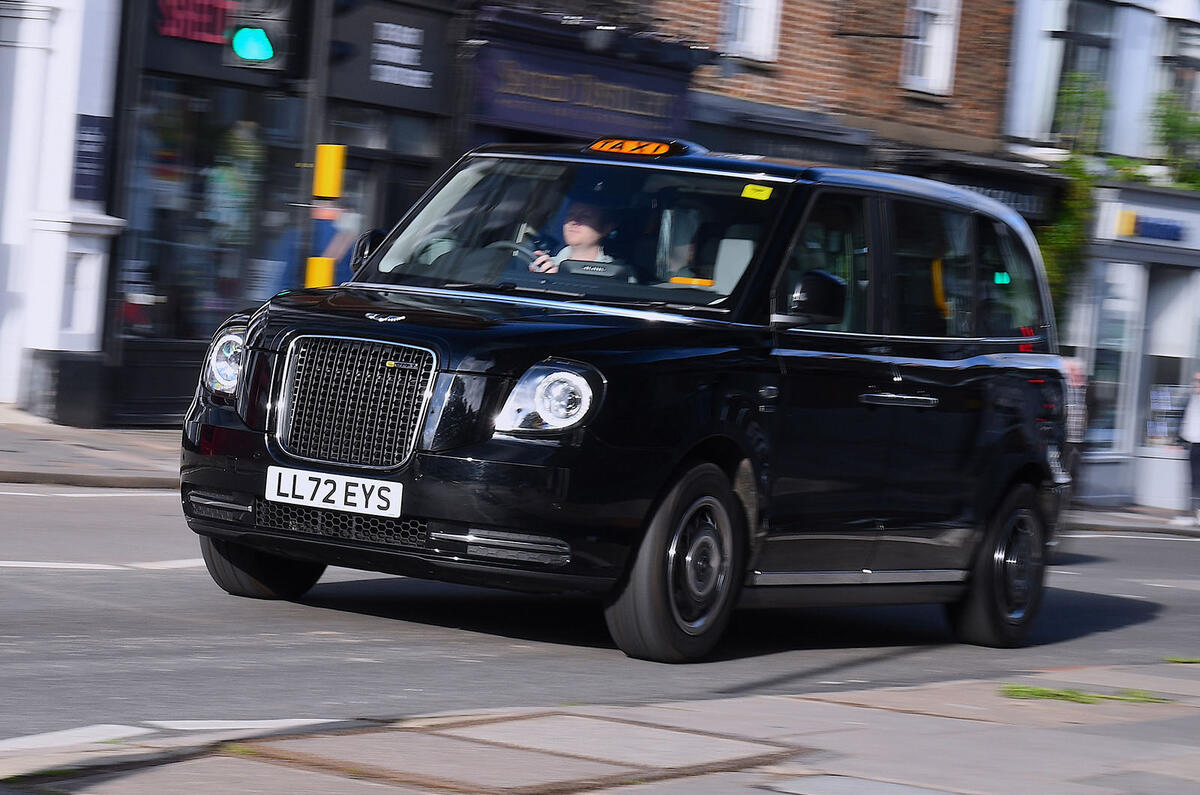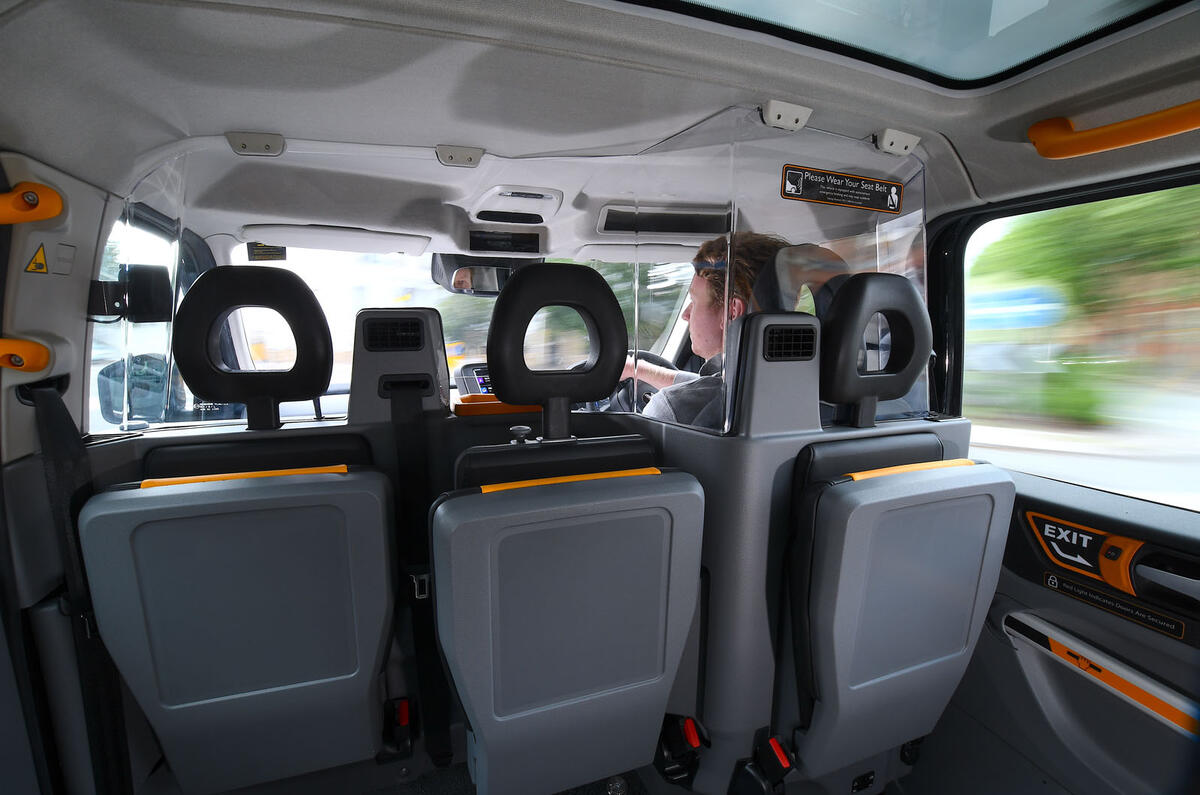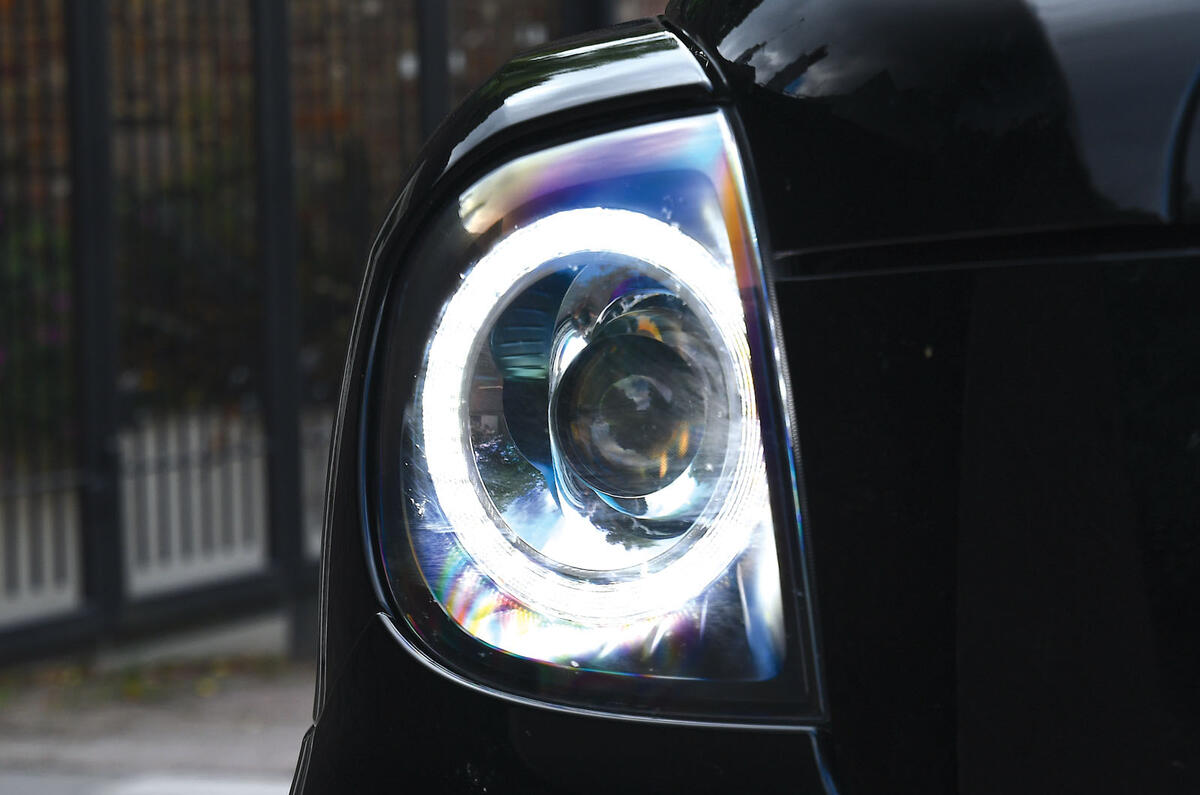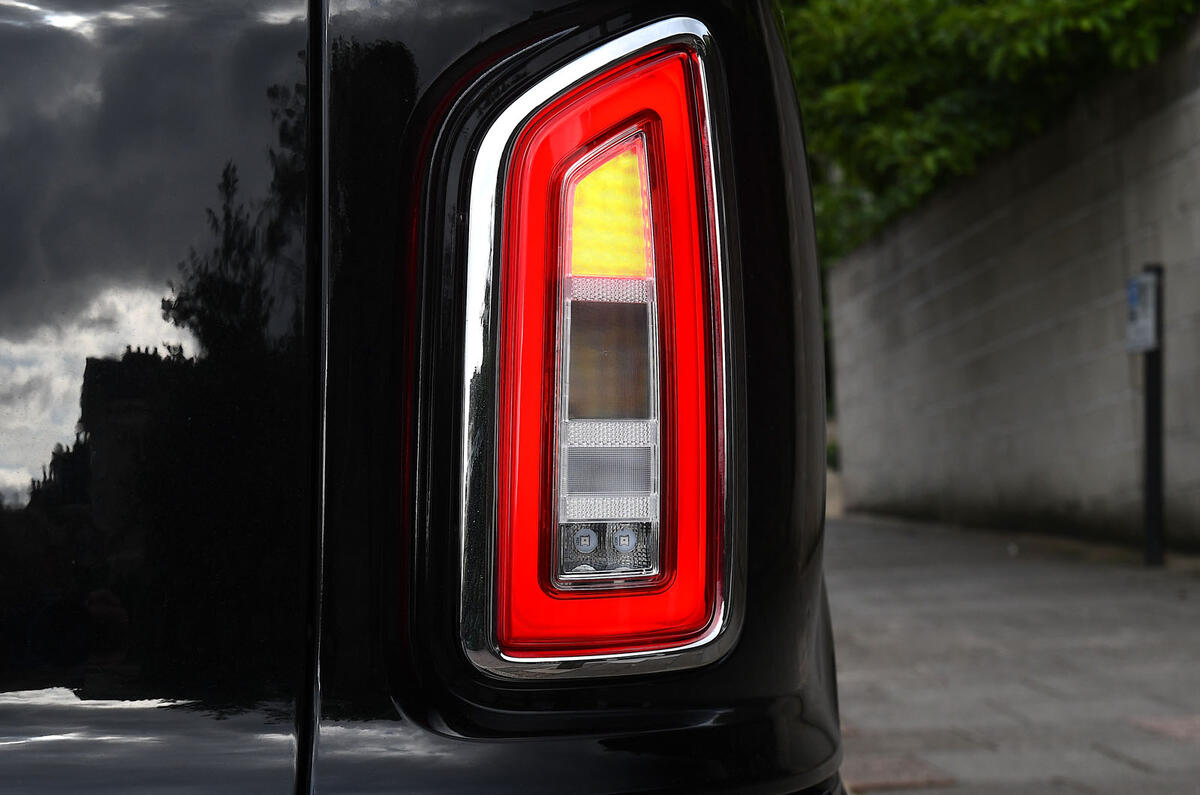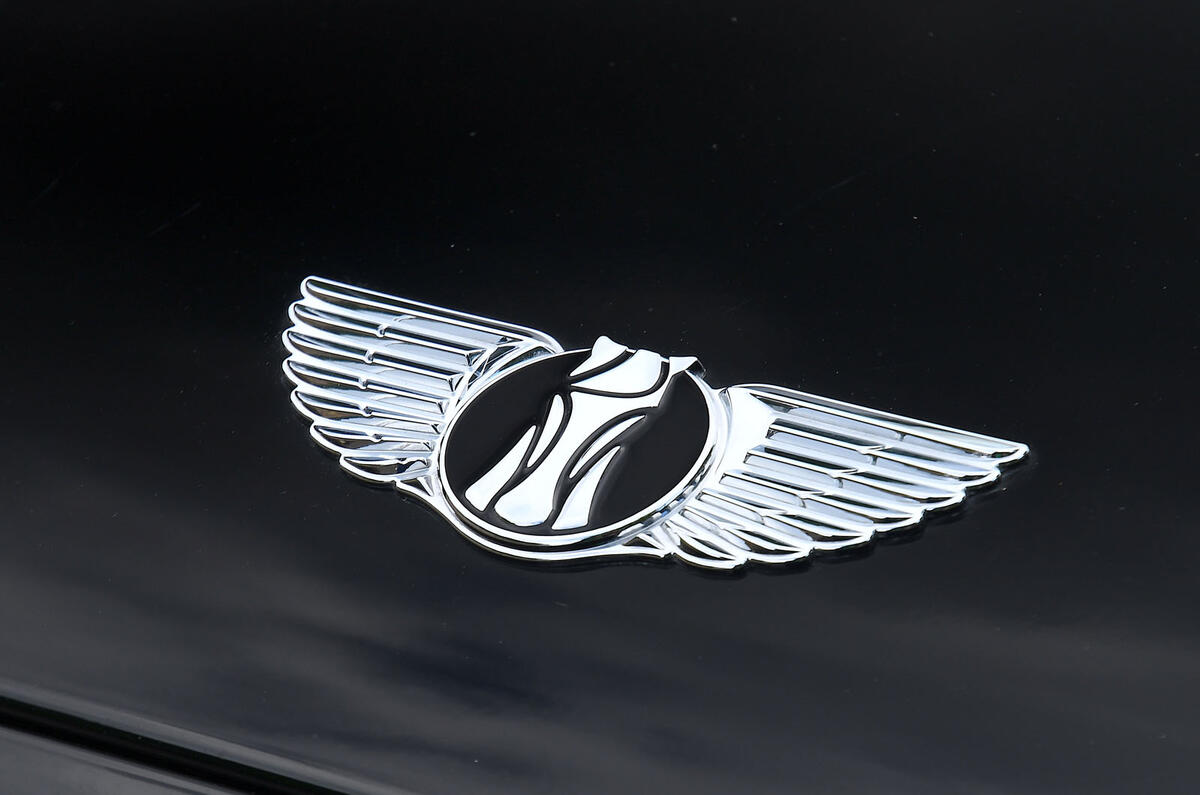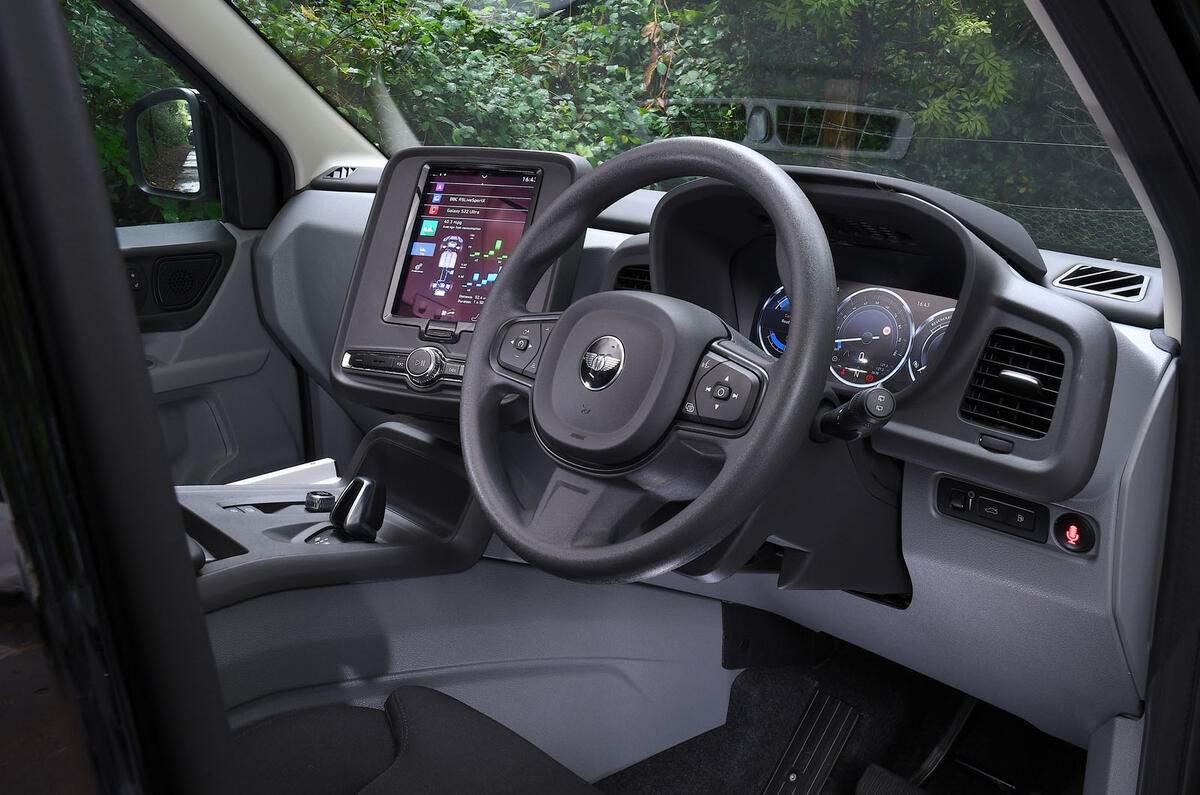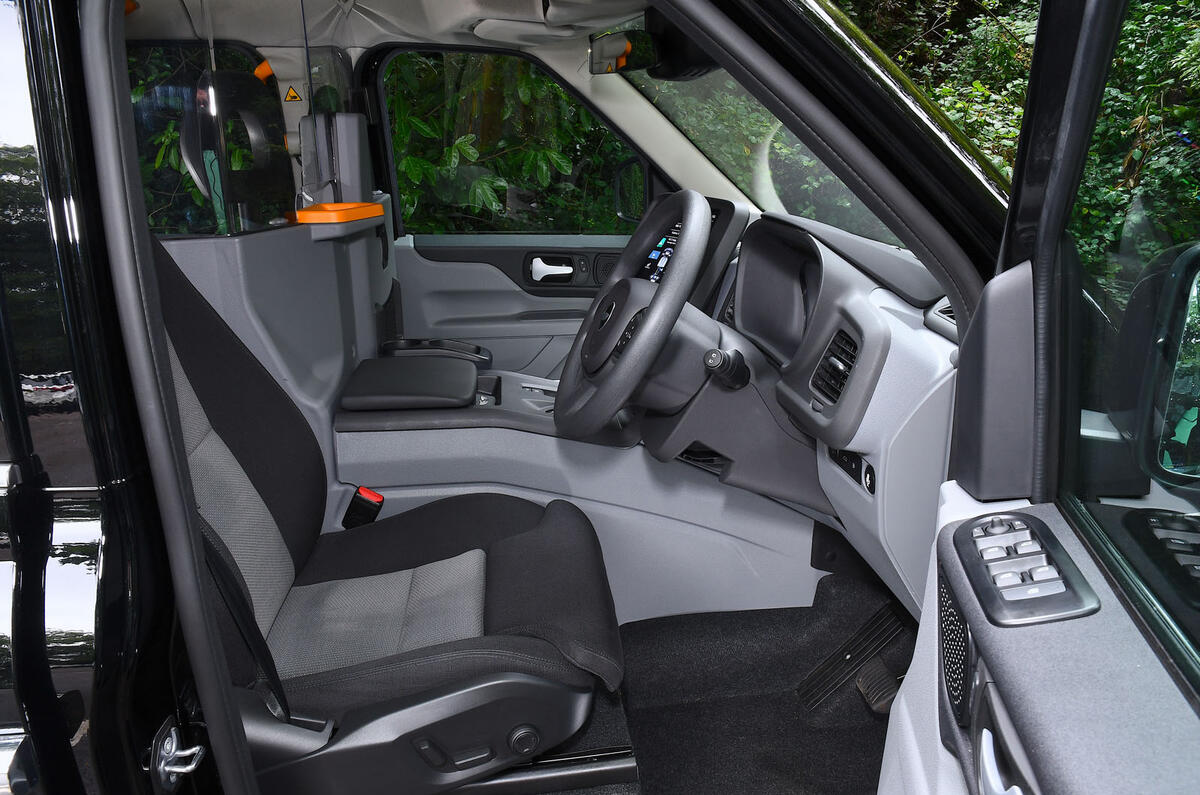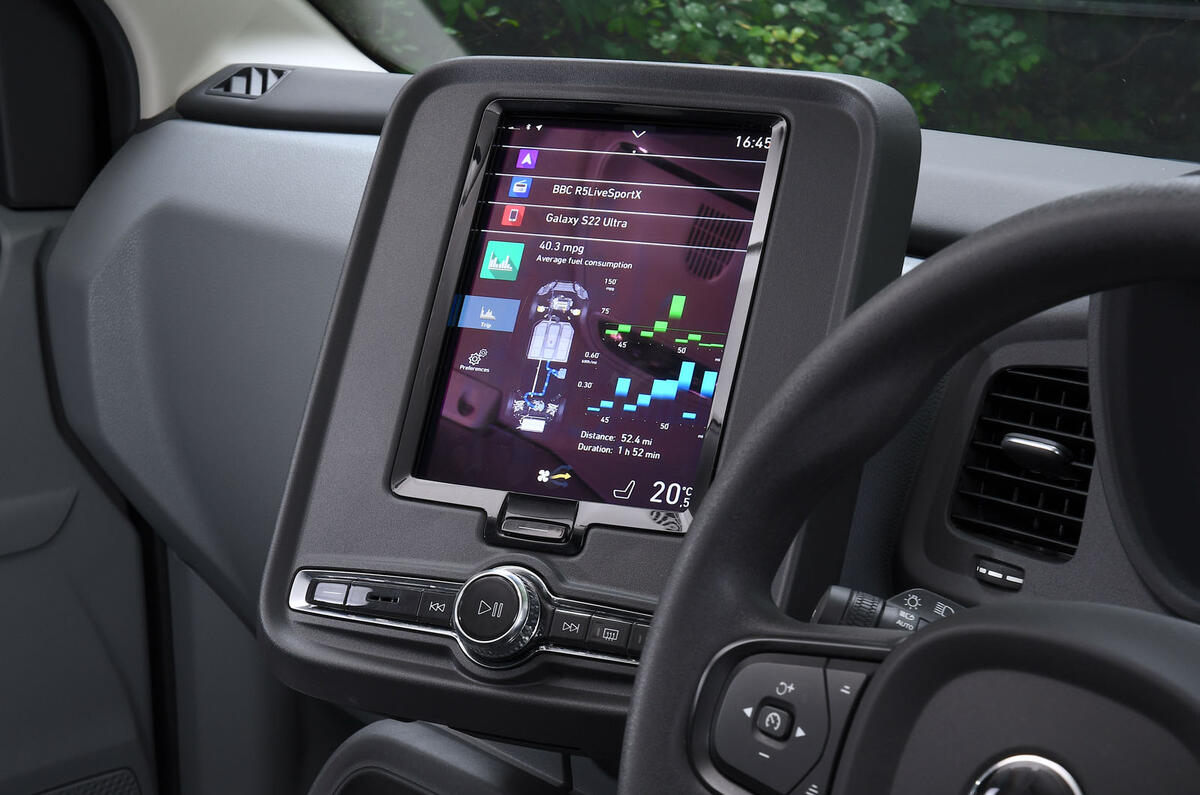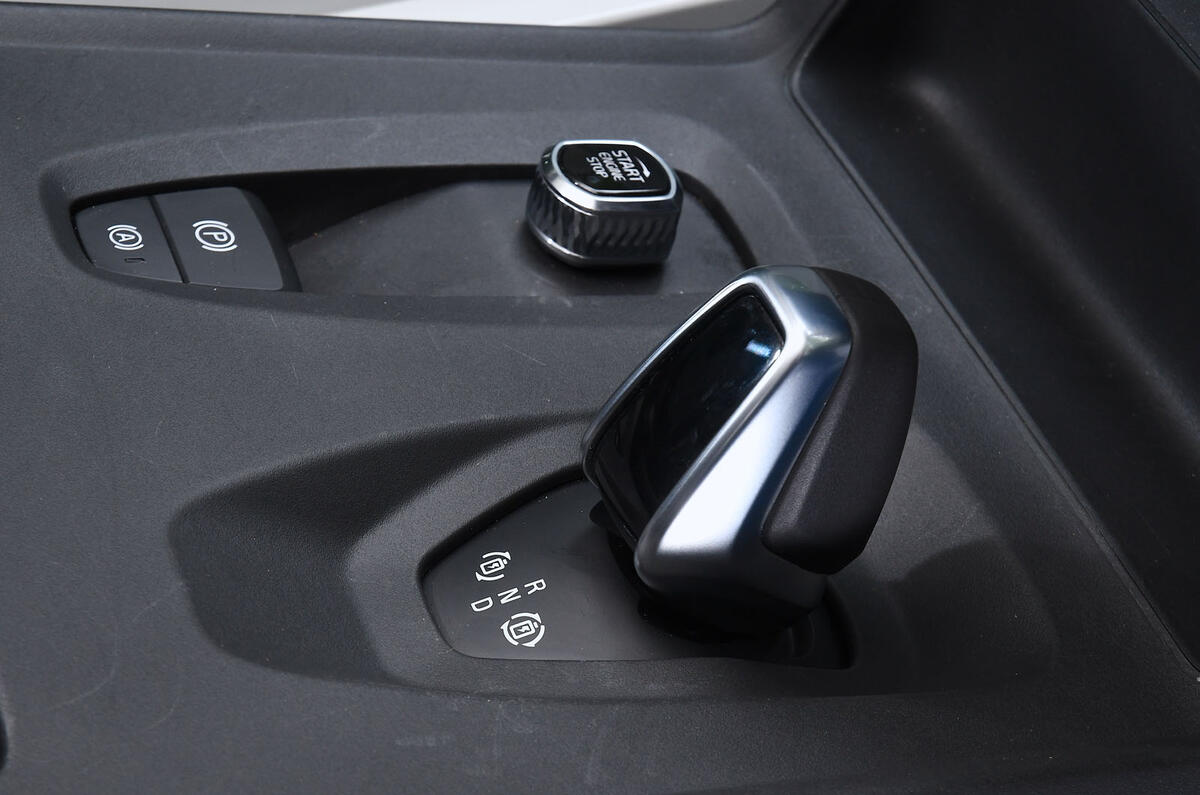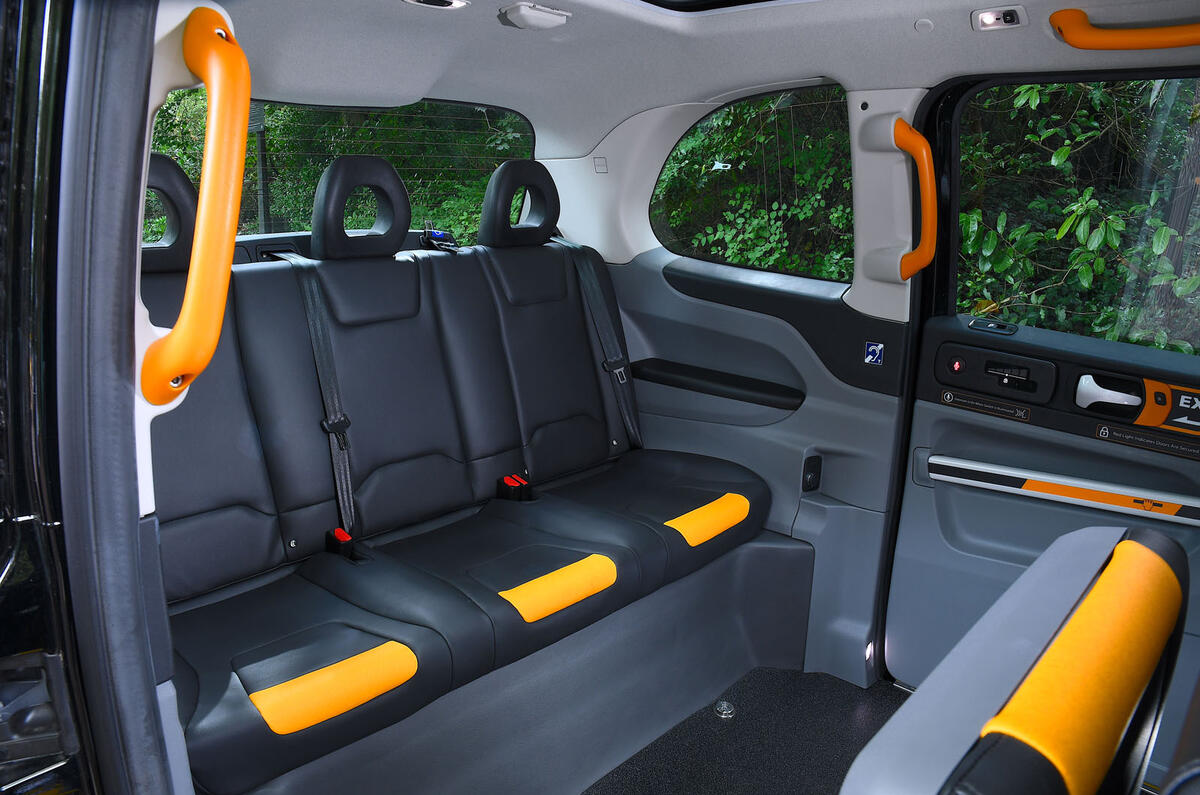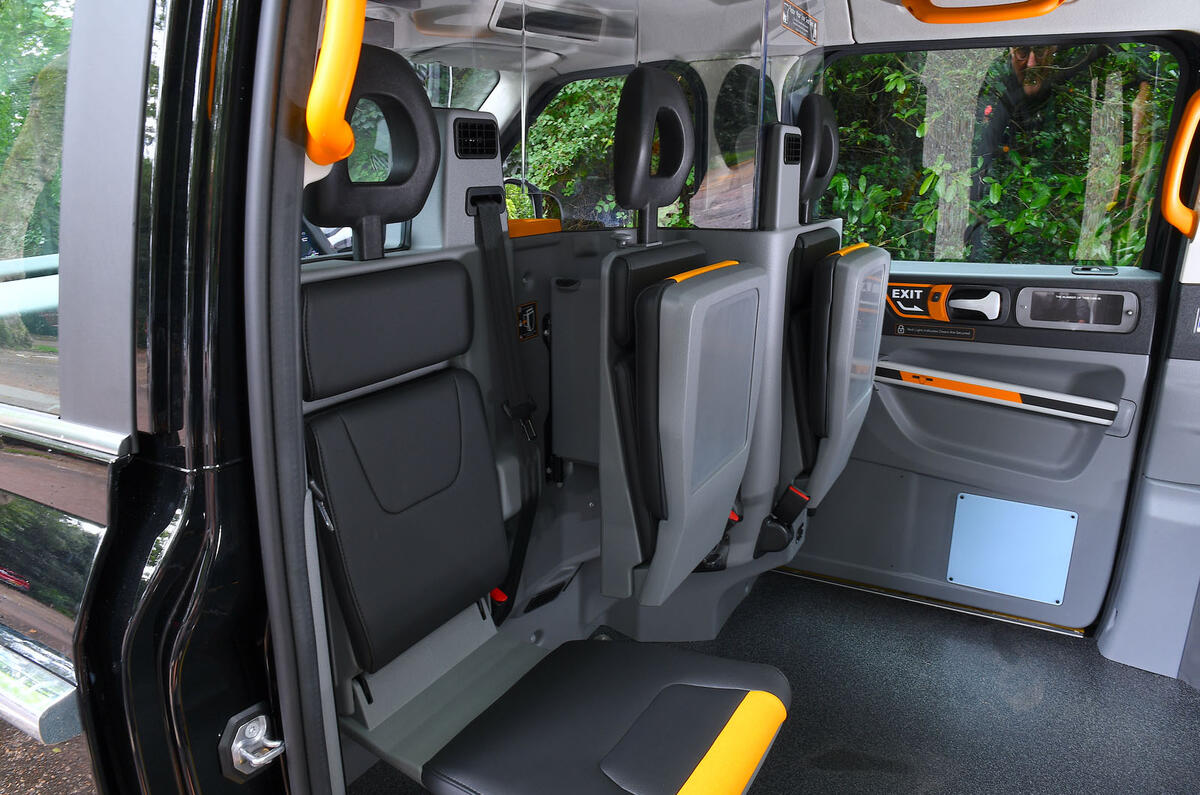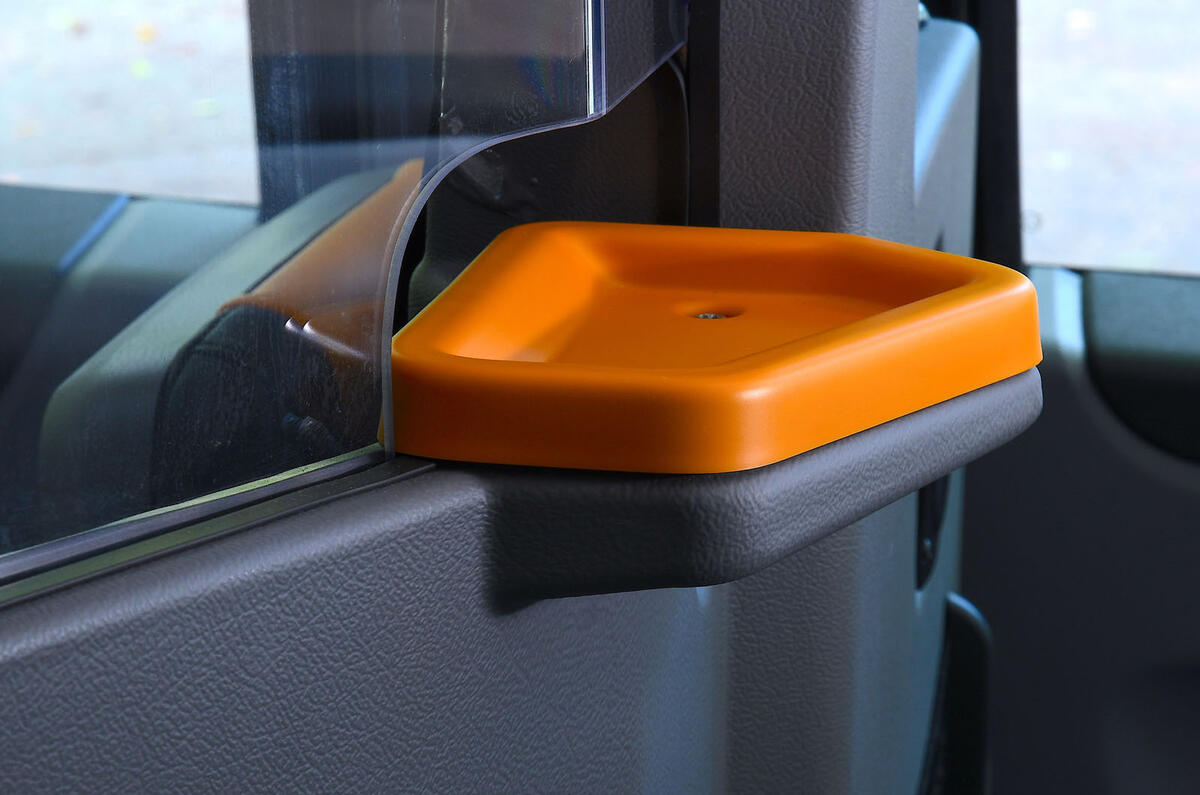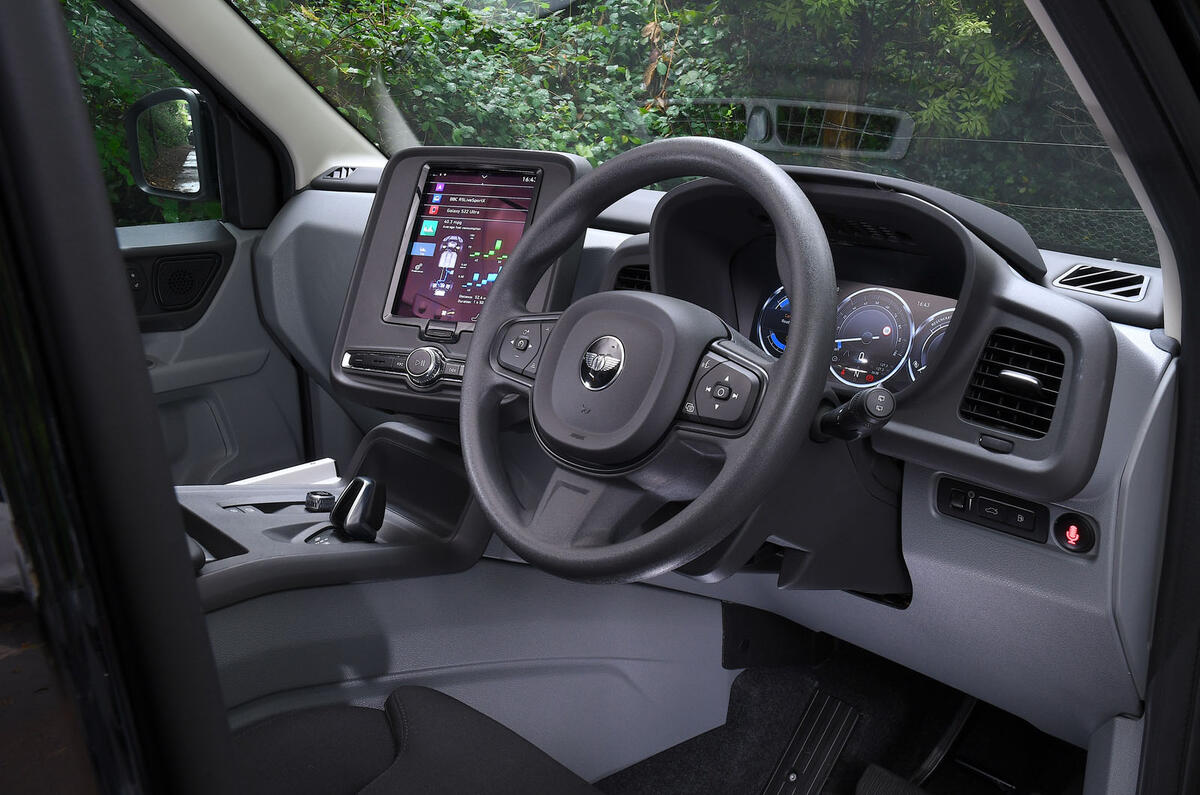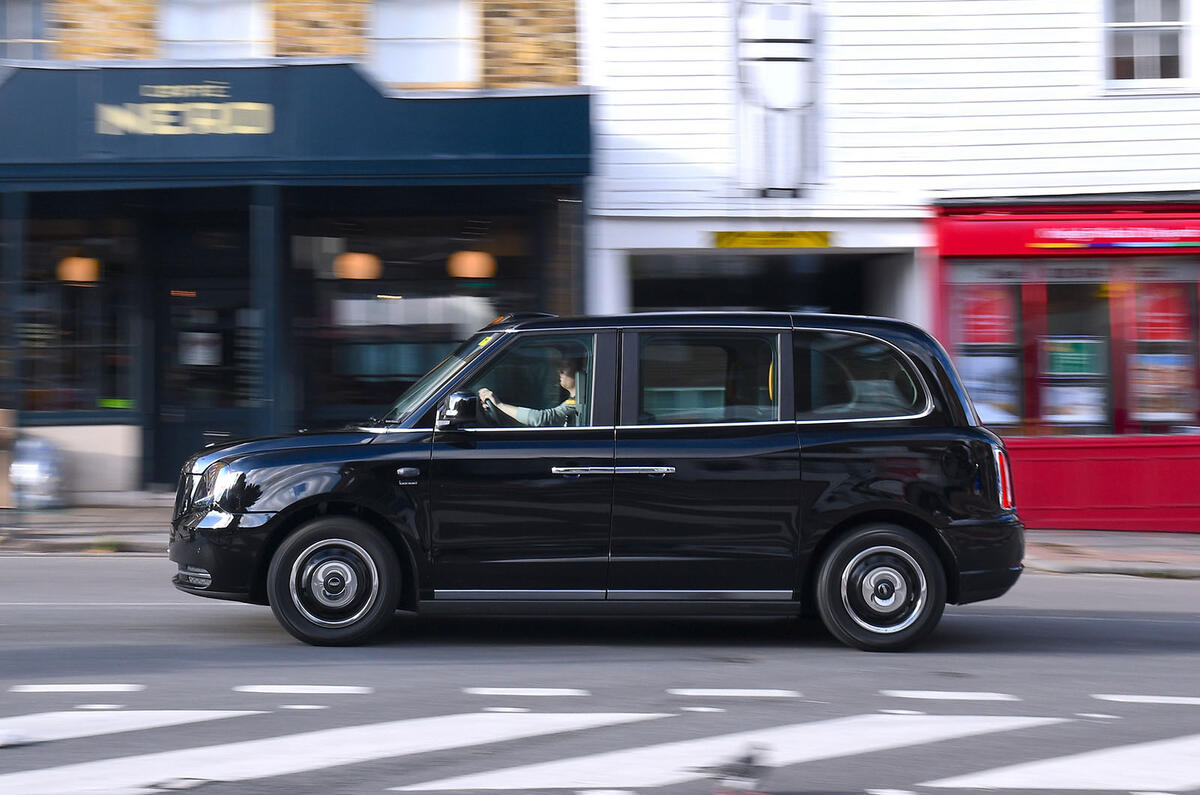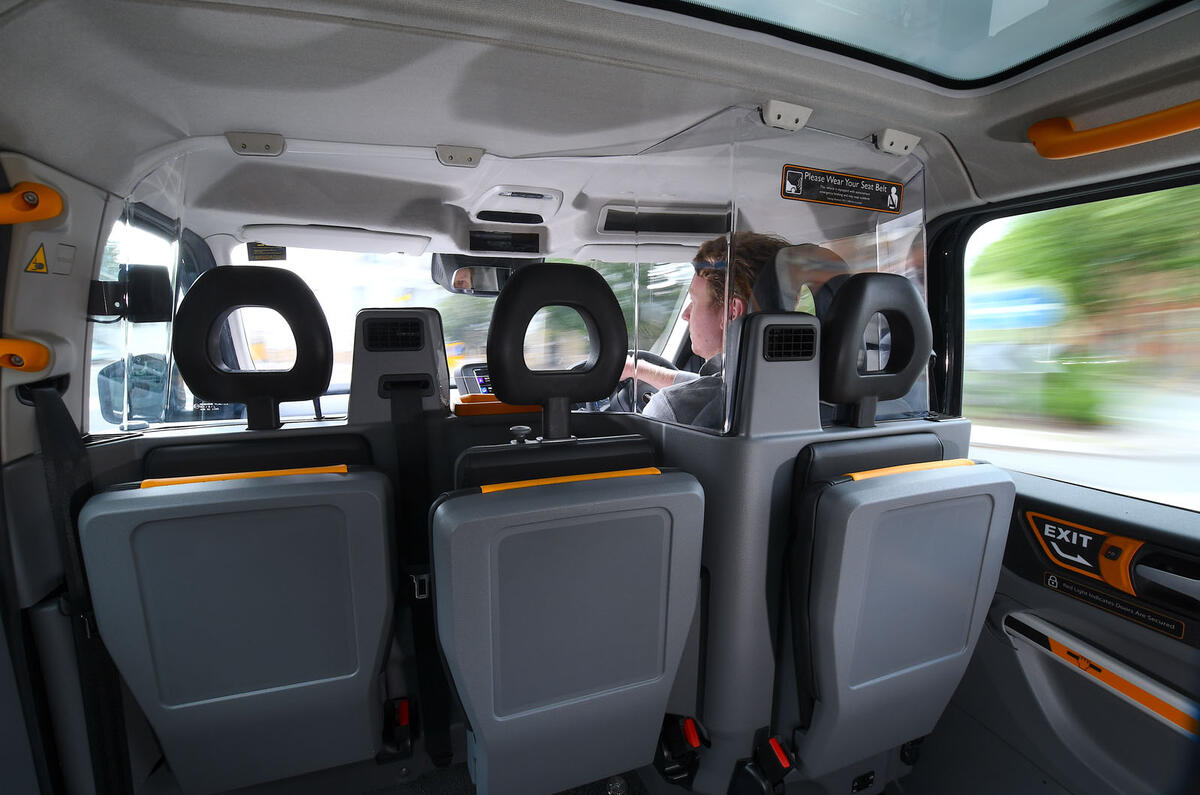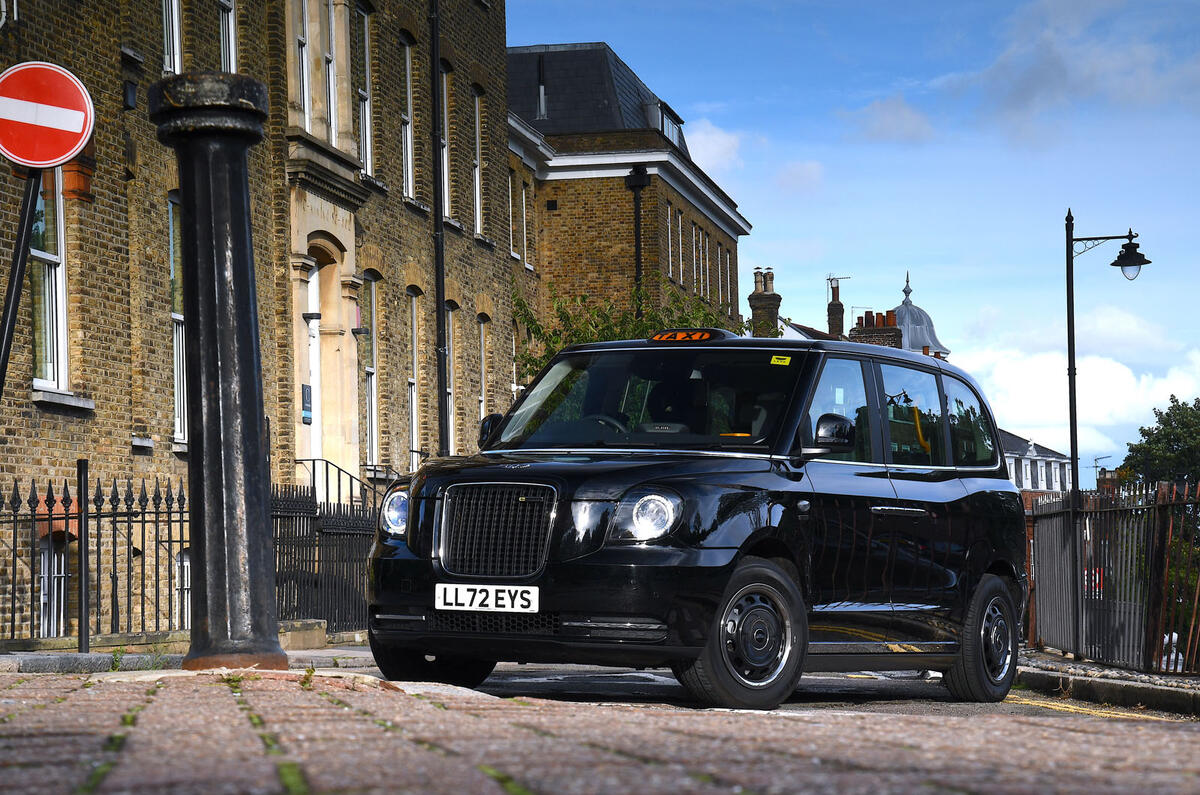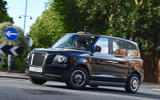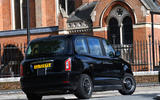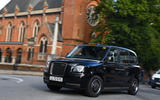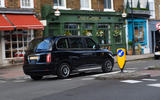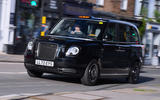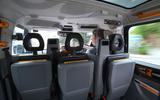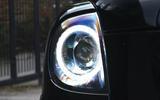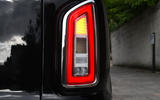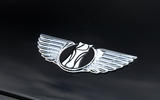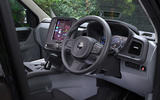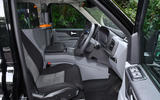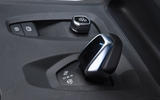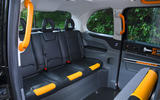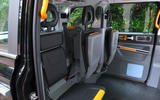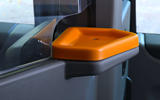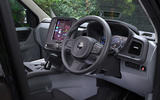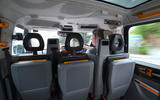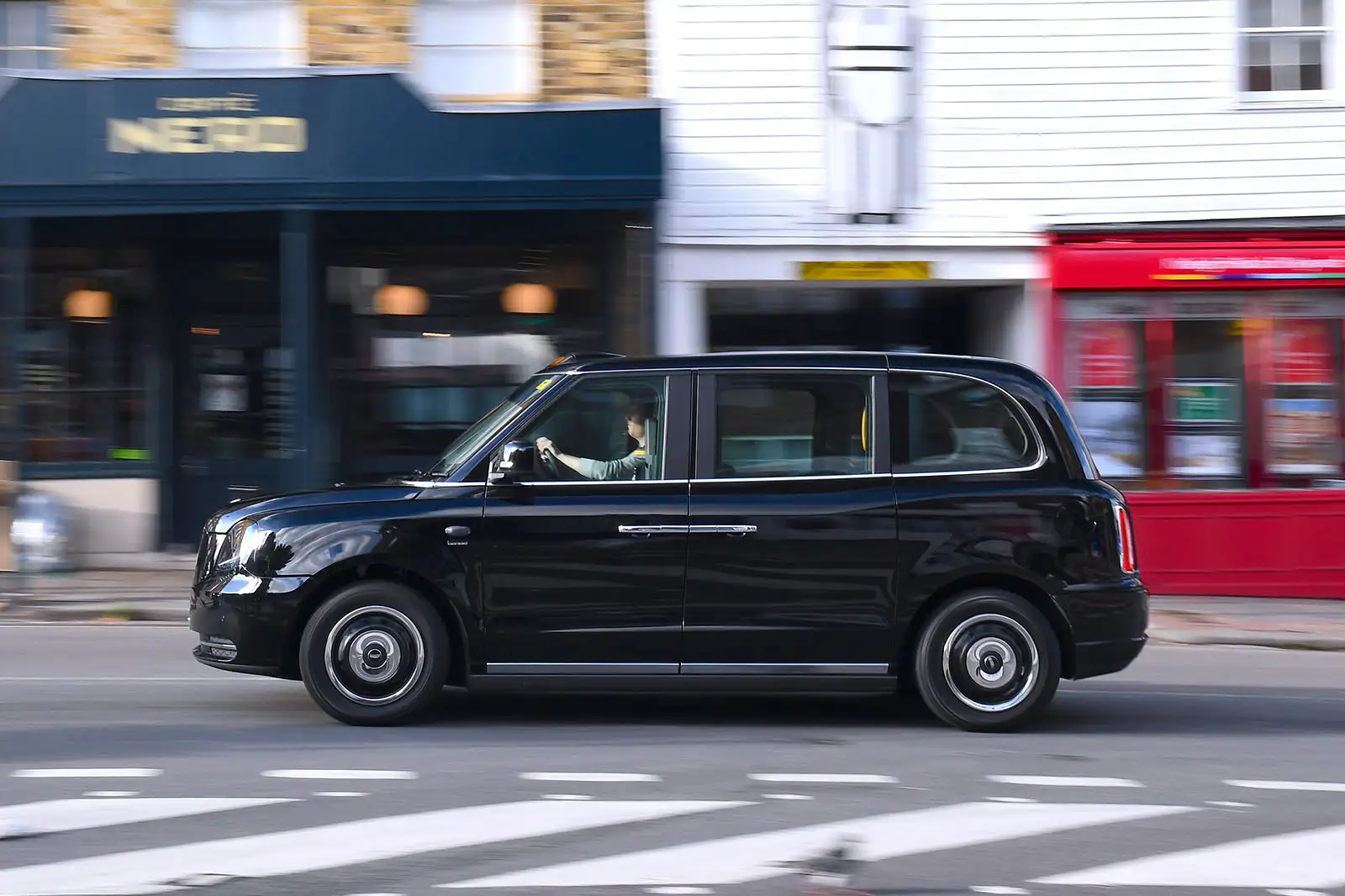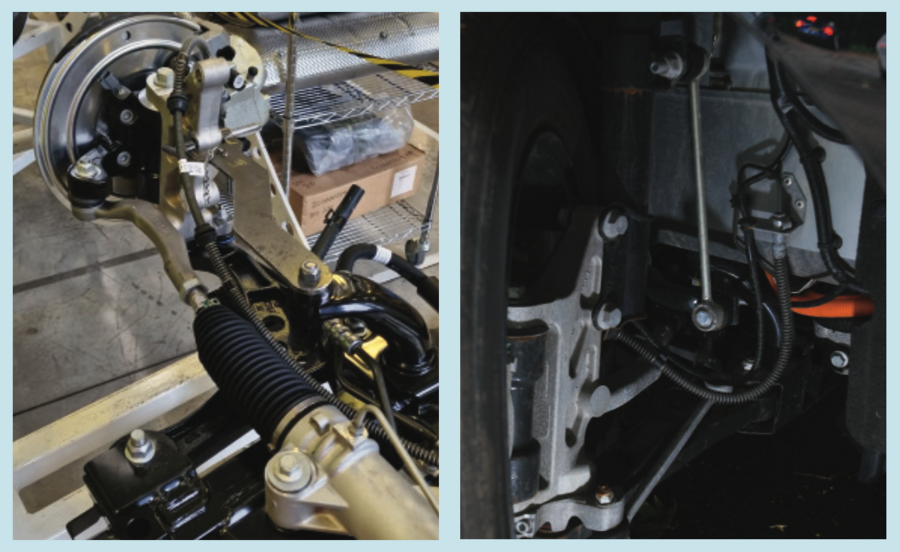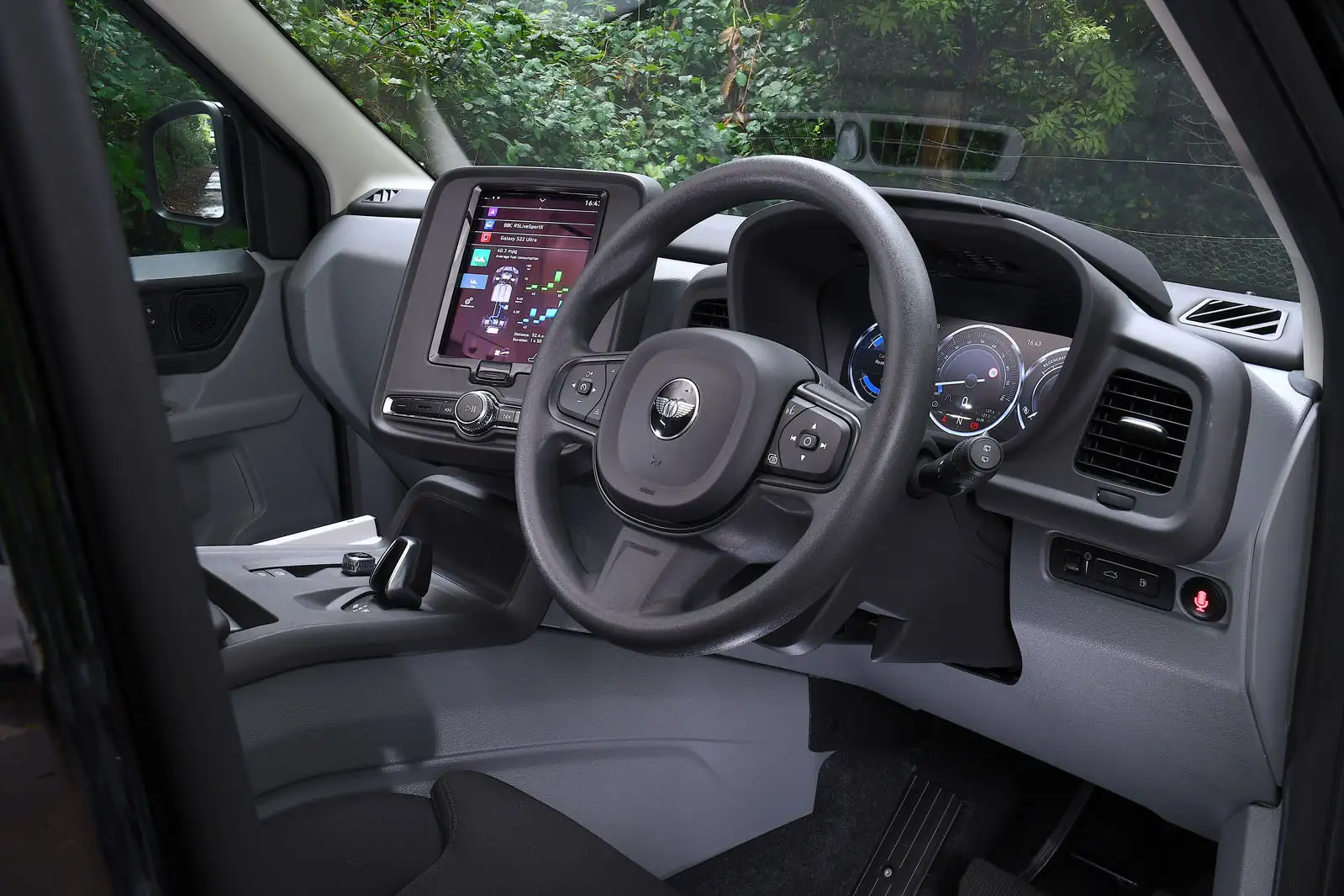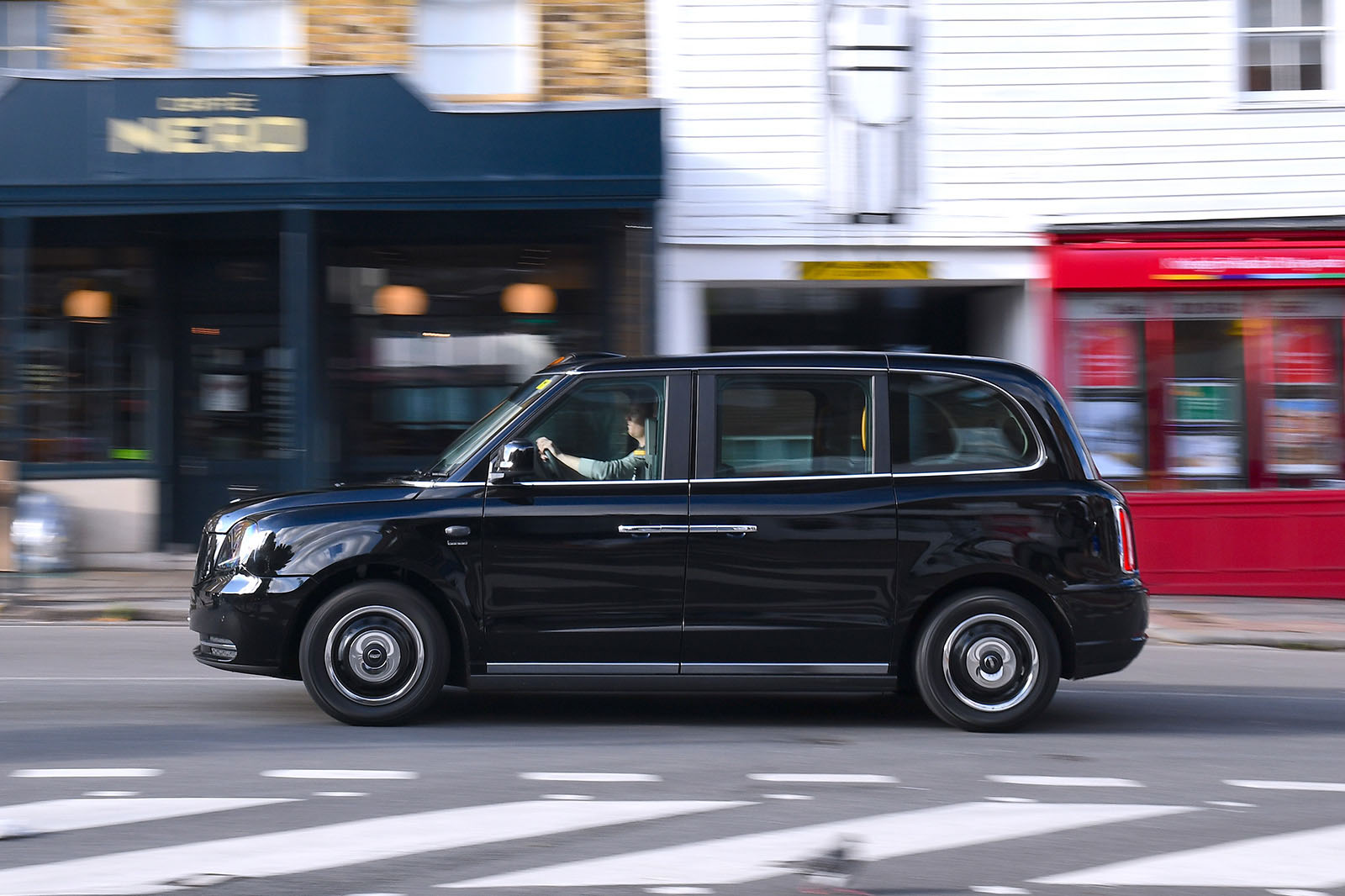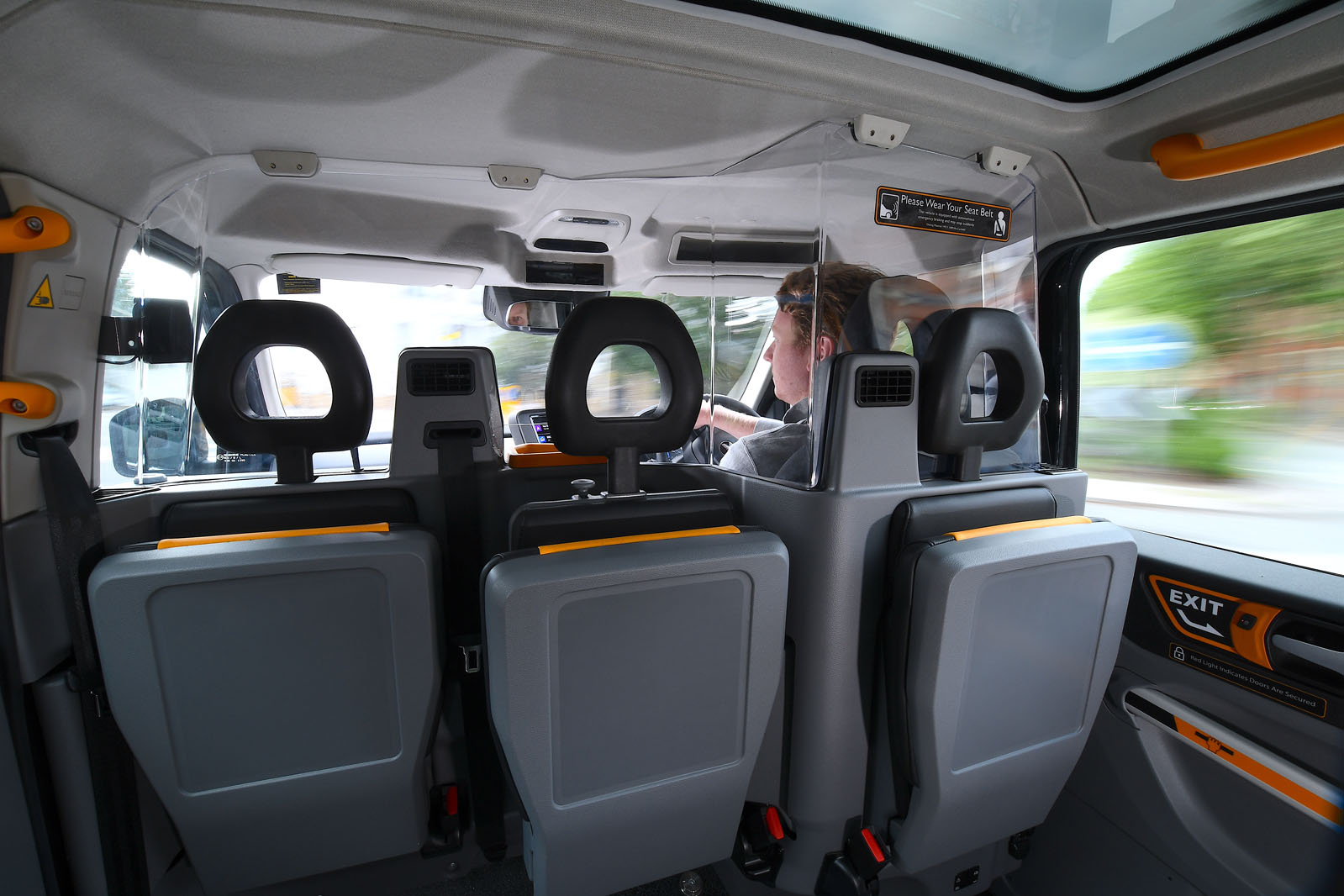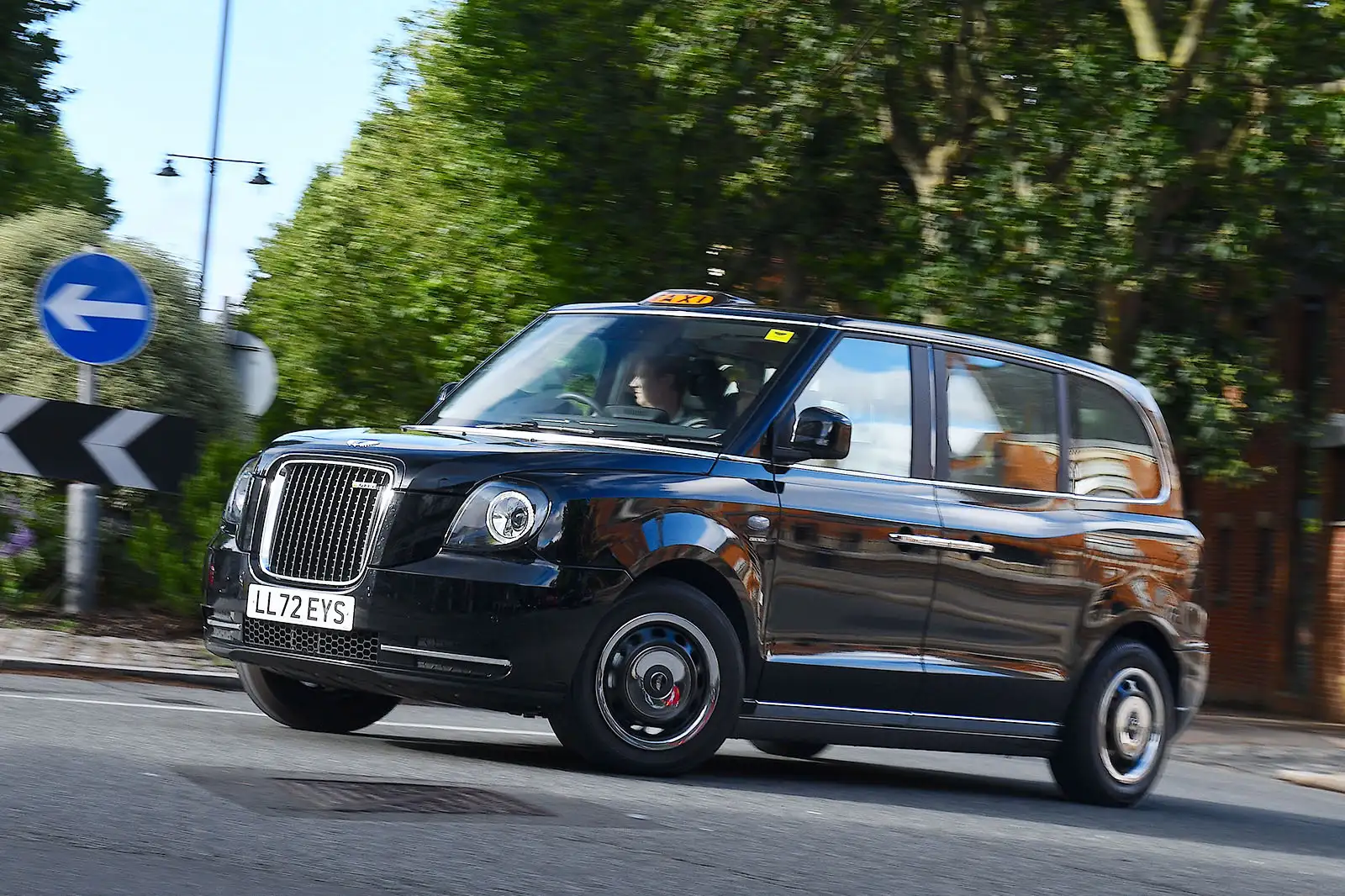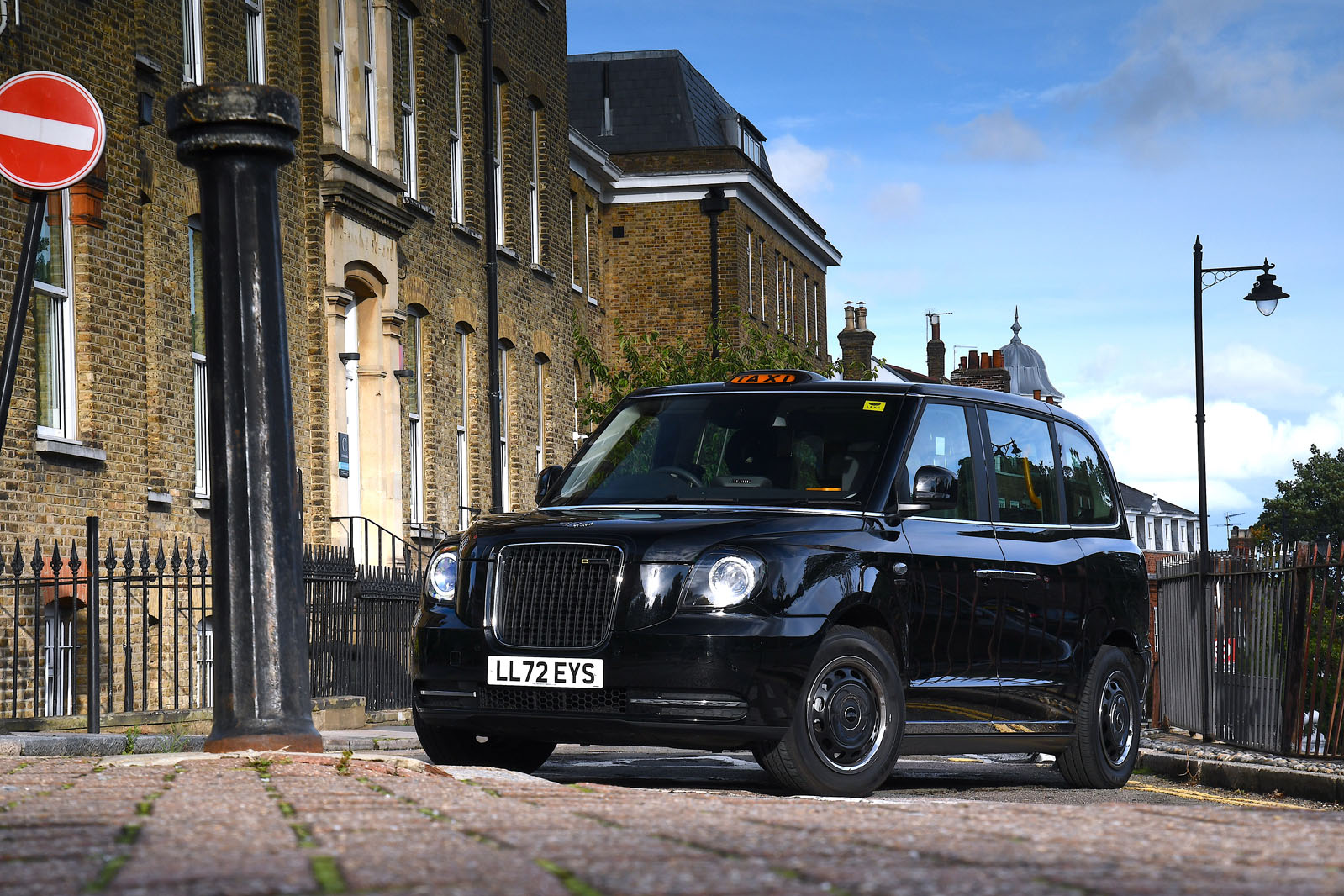Geely ownership gives LEVC access to a formidable parts bin. Climb into the driver’s seat and it’s impossible not to spot that the neat steering wheel, portrait-oriented touchscreen and stubby gear selector are all recognisable from models such as the Volvo XC40. Materials and finishes are more utilitarian, and hard plastics in varying shades of grey abound, but in higher-spec cars the upper dashboard and lid for the central cubby are trimmed in a soft synthetic material and the seats are fully electric with good adjustment. An eight-hour shift wouldn’t exactly breeze by, but neither would it be unnecessarily arduous.
Fantastic visibility and our car’s ‘driver protection’ screen make the TX’s cockpit reasonably comfortable and secure-feeling. The interior is also conspicuously creak-free, which hints at the rigidness of the aluminium monocoque.
Storage is mostly good. Centre cubby aside, there’s a deep door pocket and a slot for paperwork in the ceiling, but the space where a front passenger seat would be is reserved for bulky luggage, so the driver can’t easily use it. There’s a lockable box beneath the driver’s seat, and cupholders can be bolted onto an aluminium rail fixed to the far side of the transmission tunnel. Some testers noted how easy it was to catch your ankle painfully on the leading edge of the seat rail when climbing out, however.
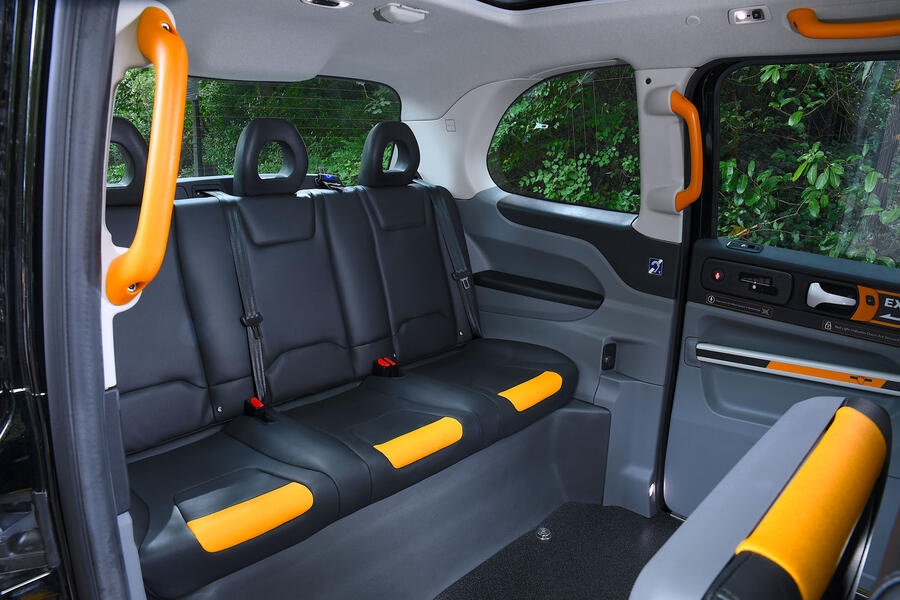
But a conscientious cabbie cares every bit as much for his or her passengers’ comfort as for their own. The TX doesn’t disappoint, but it’s worth noting that – as many Londoners know – the three front-facing seats are considerably more repose-friendly than the three more upright rear-facing berths, which fold down. The difference is unlikely to concern anybody simply grateful to be taken home in the small hours, perhaps a little worse for wear. But those, say, travelling to a wedding across town should select their seat with more care.
The TX otherwise wants for little. Vista spec’s glass roof lends a surprisingly urbane atmosphere. There is also on-board wi-fi, USB sockets, temperature control and an intercom to more clearly chat with the driver. Every seat has a seatbelt, with two also featuring Isofix points. Leg room is not an issue. Any fewer than four occupants and never mind a LWB Range Rover: we’re talking something closer to a private jet. It’s tighter when all six seats are in use, but the only potential pinch point is the facing pair directly behind the driver. Don’t put your tallest companions in these and everyone will be fine.
Multimedia system
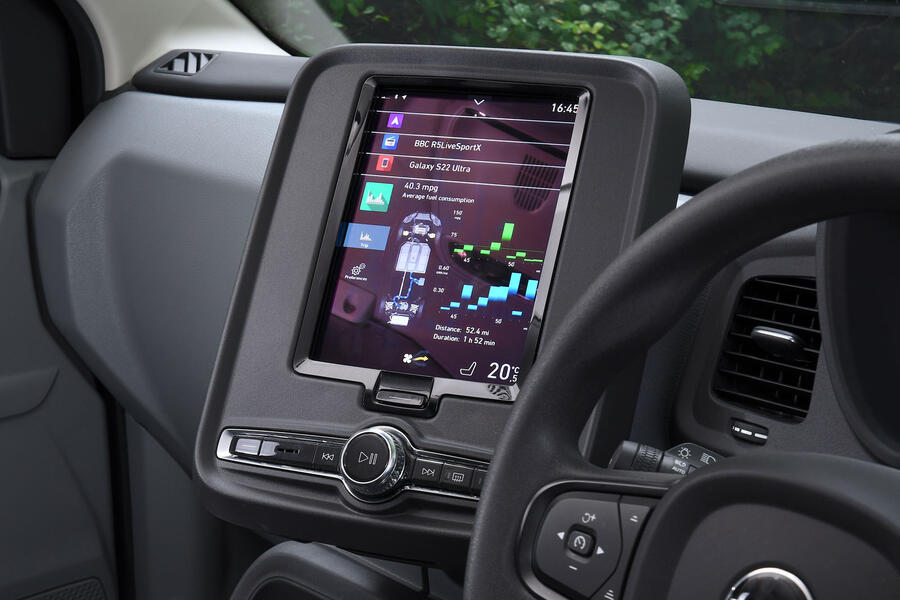
The TX uses an LCD instrument panel as standard, and while it’s not as crisp as the fresher offerings elsewhere in the industry, it’s neat enough and serves well enough in this application. To its left, the 9in central touchscreen is a Volvo-sourced unit with the same frustrating user experience we’ve found in cars such as that manufacturer’s XC40 and V90. It has satellite navigation and DAB, and there’s an interesting graphic that shows what the powertrain is doing, but it’s difficult to find your way around the system.
Notably, neither is it compatible with Apple CarPlay or Android Auto, which is something that should be remedied during the next round of updates. Meanwhile, sound quality is as expected, which is to say pretty lacklustre. LEVC is never going to offer a Bang & Olufsen set-up in the TX; if it did, it would probably sell a few.



